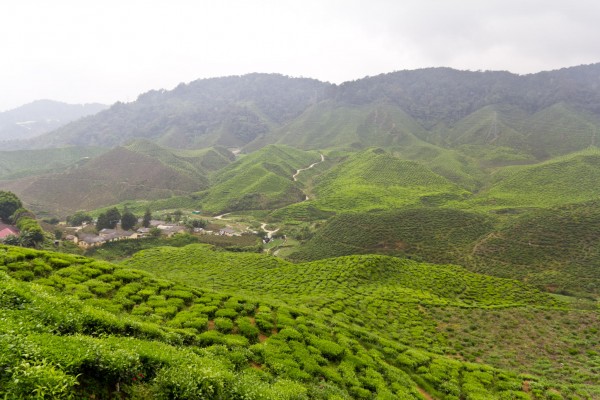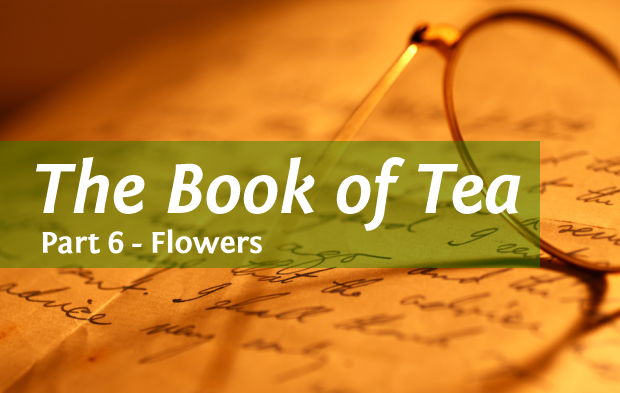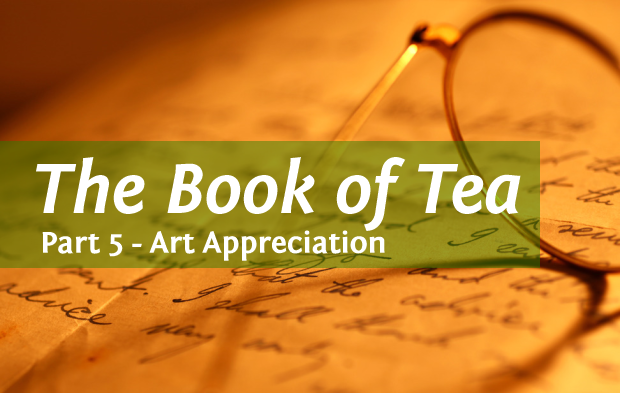
by Louise | From the Interns, Tea Education
Tea dates back as far as 2737 BC, when legend claims it was discovered in China. Today, tea is grown and consumed all around the world, but where it’s grown plays a crucial role in how the tea develops and tastes. This concept is known as terroir, the environmental conditions, particularly soil and climate, which influences the flavor and aroma of any given food or beverage. There’s a lot that goes into tea terroir, but let’s start off with the basics!

by Caleb Hodes | Book of Tea, Tea Literature
The Book of Tea is an essay written by Kakuzo Okakura in 1906. It’s considered one of the classics of tea culture and has held a wide influence for more than a century. In his essay, Okakura addresses us (the Western audience) and discusses the role of tea in Japanese culture.
So to give you something interesting to read, I’m sharing his work here. Each week I release a new section, doing my best to illuminate the passages with images & highlighting quotations I find interesting.
We continue now with the sixth part: “Flowers”.

by Caleb Hodes | Book of Tea, Tea Literature
The Book of Tea is an essay written by Kakuzo Okakura in 1906. It’s considered one of the classics of tea culture and has held a wide influence for more than a century. In his essay, Okakura addresses us (the Western audience) and discusses the role of tea in Japanese culture.
So to give you something interesting to read, I’m sharing his work here. Each week I release a new section, doing my best to illuminate the passages with images & highlighting quotations I find interesting.
We continue now with the fifth part: “Art Appreciation”.

by Caleb Hodes | Book of Tea, Tea Literature
The Book of Tea is an essay written by Kakuzo Okakura in 1906. It’s considered one of the classics of tea culture and has held a wide influence for more than a century. In his essay, Okakura addresses us (the Western audience) and discusses the role of tea in Japanese culture.
So to give you something interesting to read, I’m sharing his work here. Each week I release a new section, doing my best to illuminate the passages with images & highlighting quotations I find interesting.
We continue now with the fourth part: “The Tea-Room”.

by Caleb Hodes | Tea Craft, Tea Education
Withering, Wilting, Whatever It Is—Let’s Talk About It
In which I explore tea withering: what it does, the different types of wither, and how they’re affected by you the teawright.





